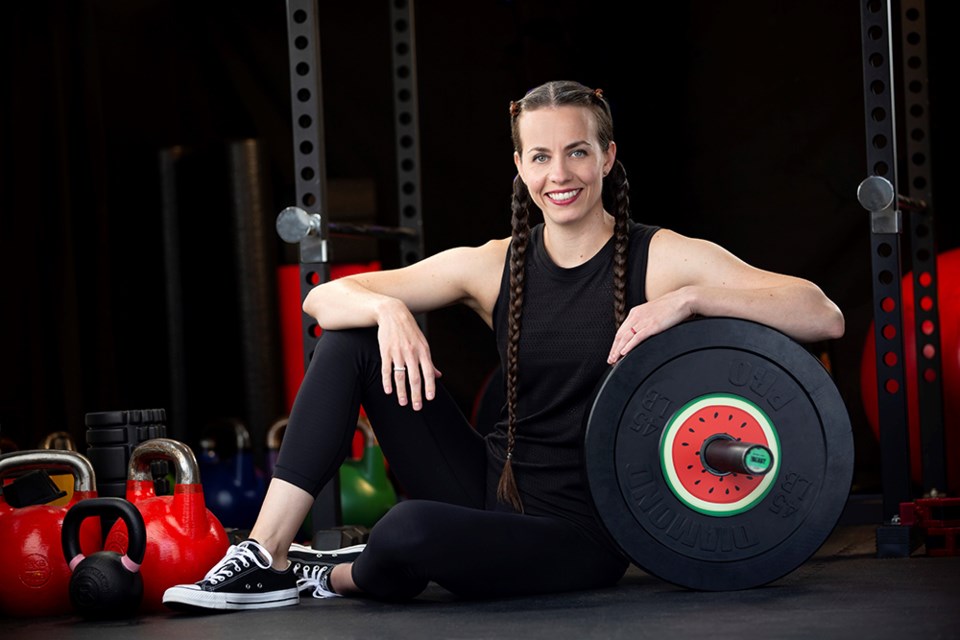Most of us get our health, fitness and nutrition information from media sources, rather than from research studies published in peer-reviewed journals. How do we know whether the headlines we’re seeing reflect the actual research that was conducted? And how do we analyze that research itself?
Below are eight questions to ask when you see research results summarized in the news. To look up the original study, you can find the article abstract (and sometimes its full text) using Google Scholar.
1. Have multiple studies found similar results?
Have the results been replicated across many studies of different design?
2. Has the research been done using human subjects, versus animals?
We can’t necessarily generalize to humans results found in animals.
3. Who were the subjects? Can we apply the results from this group to other groups?
Results found in sedentary college students may not apply to active 60-year-olds.
4. How many subjects were used? 17, or 17,000?
The latter has more statistical power, which means we can be more certain that the results weren’t due to chance.
5. Compared to what? Was there a control group used?
For example, low-carb diets work for weight loss. But compared to higher-carb, equally calorie-restricted diets, there’s no difference. Comparison and control groups are key.
6. Was the research study design experimental?
Correlational studies show associations between variables, but experimental studies can establish causality.
7. Which extraneous variables were controlled for?
To be more sure a specific variable is affecting the results, other variables need to be ruled out.
8. What were the study's limitations?
What might prevent us from generalizing results to a larger population? What further research needs to be conducted? What could have been improved in the study’s design?
Karina Inkster is a qathet region health and fitness coach, author of five books, and host of the No-B.S. Vegan podcast.
If you have expert advice to share with Peak readers, email editor@prpeak.com for submission details.




